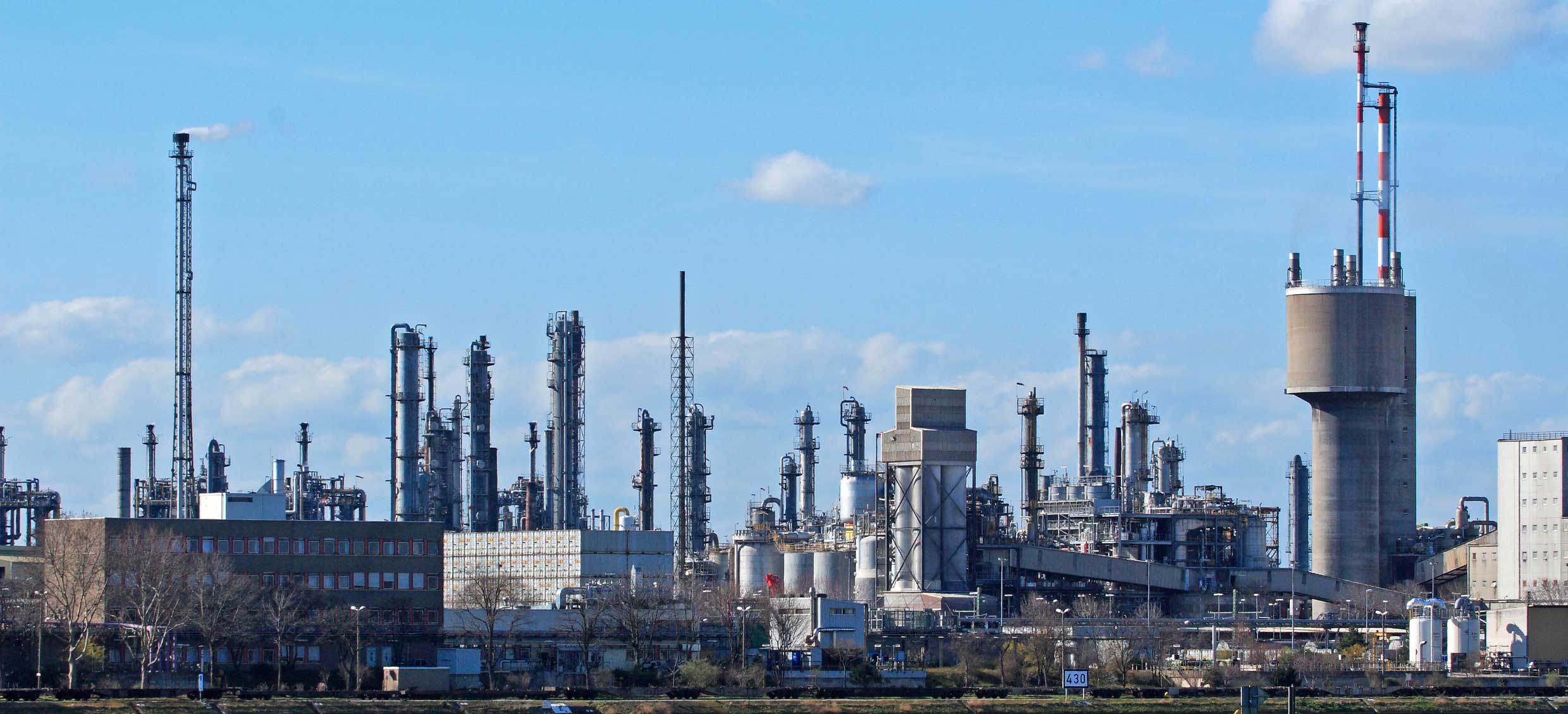Stepping up India’s growth pitch, Economic Affairs Secretary Shaktikanta Das on Saturday expressed confidence that the economy will grow upwards of 7% next financial year. “For this year’s GDP growth, we have to wait till March-end. But next year, it will be upwards of 7%,” he said.
Drawing on Finance Minister Arun Jaitley’s statements, the secretary said there will be transient impact of demonetization on the economy, but it will not spill over to the next financial year, PTI reported.
A large part of the economy is moving towards digital transactions, he noted. Despite the global headwinds, Das said India’s growth remains much stronger. “It has stayed afloat. Not only stayed afloat, but also doing well. Our commitment is to push the growth momentum,” he explained.
Listing various reforms measures as announced in the budget, Das spoke of gains for farmers from integration of spot and derivative market in commodity.
Meanwhile, Finance Secretary Ashok Lavasa said the government has already implemented 54% of the recommendations of the Expenditure Management Commission.
“There are many more which are in the process of being addressed,” he said. “We are in the process of revising our general financial rules. These are the rules by which all government expenditure is controlled and regulated.” GFR is a compendium of general provisions to be followed by all offices of the central government while dealing with matters of financial nature.
These were first issued in 1947 and last amended in 2010. However, it is felt that many of the rules have become redundant in view of rapid growth of alternative service delivery systems, developments in information technology, outsourcing of services and liberalization of the system of procurement.
He said it was sometimes felt by the private sector that these rules have been constraining the freedom of decision making. “So, we are in the process of amending the GFR before March 31. It is our endeavor to produce a revamped document which recognizes the modern ways of management,” he said.
Lavasa also said there will be efforts to increase the number of goods and services which can be procured through e-marketplace.
Easing FDI Limits
India is planning to allow more foreign investment by relaxing limits in various industries in the fiscal year starting April 1 to help regain its lost position as the world’s fastest growing major economy.
Curbing Bureaucracy
The government will make it easier for foreign companies to seek approval and could ask ministries to clear investment proposals, Das said. These steps follow the government’s decision this week to scrap the 1990-era Foreign Investment Promotion Board that was often criticized as a bureaucratic hurdle slowing projects and proposals.
“The idea is to make the process simpler and faster,” Das said declining to name industries where foreign investment limits can be relaxed. Easing of limits is under the consideration of the government, he added.
India and China are renewing a push for globalization at a time when the UK and US are turning increasingly protectionist. With two of the world’s largest populations, the Asian economies and foreign companies need each other to create jobs and maintain sales growth.
FDI inflows between April-September rose 31% from a year earlier to $21.7 billion, Finance Minister Arun Jaitley’s advisers told parliament last Tuesday. That’s still a fraction of roughly $118 billion received by China in 2016.
Prime Minister Narendra Modi’s administration is trying to lure foreign capital to boost economic growth that’s set to slow to 7.1% in the year ending March 31 after hitting close to 8% last year.
There are foreign investment caps in over a dozen industries from banking to defense manufacturing which is often cited as a barrier to investment in the world’s second most populous country.


